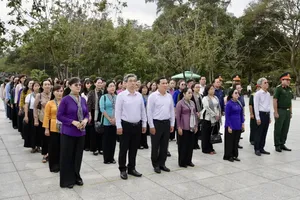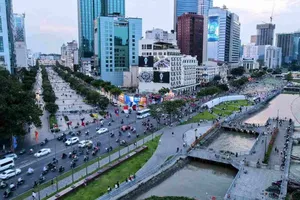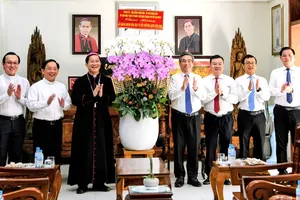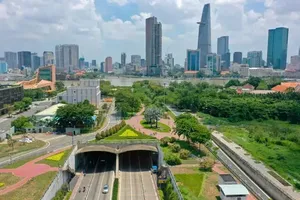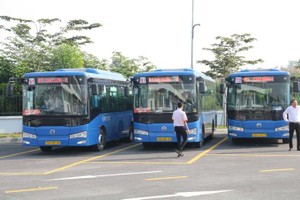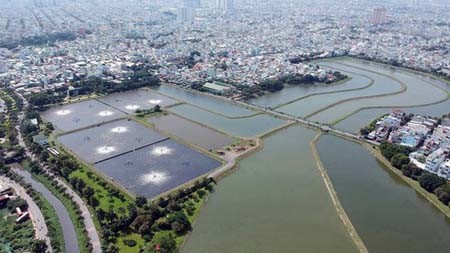
Accordingly, the project is going to adjust the planning of sewage flows in the three areas of West Saigon, Tan Hoa – Lo Gom, and Binh Tan. The three corresponding treatment factories are supposed to be merged into one, located inside the current Binh Hung Hoa biological sewage treatment plant in Binh Tan District.
This new factory will be responsible for 53 wards (with the surface area of 91.5km2) of 9 districts in the city, consisting of 6, 8, 11, 12, Tan Binh, Tan Phu, Go Vap, Binh Tan, Binh Chanh.
This adjustment will bring about significant socio-economic improvements for the city, especially the mentioned districts. Since the new plant is going to be built on unused land, there is no need for compensation while the construction can start at once with nearly no negative effect on daily activities of related citizens.
In addition, its large area guarantees a safe distance for health reasons in accordance with the regulation. Notably, gathering all flows into one place makes it easier to implement cutting edge sewage and smell treatment technologies, ensuring both economic and environmental performances.
Estimations show that this merging saves 88ha of land use and decreases overhead costs. This will also lead to simpler monitoring and management tasks since the workload reduces by two-thirds.
Furthermore, this planning is money- and labor-effective as there will only be investment, registration, and construction of one treatment factory instead of three for three different areas.
Finally, the location of the new plant in current Binh Hung Hoa sewage treatment factory can tackle pollution issues in Nuoc Den Canal thanks to the release of treated water meeting QCVN 14:2008/BTNMT standard into the canal.
